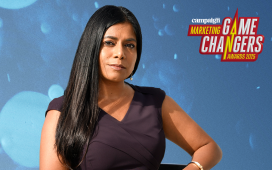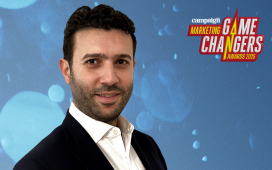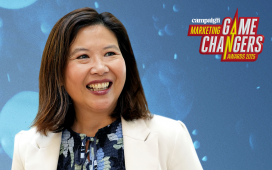Ali Rez with the Earth Public Information Collaborative at the United Nations.
Earlier this year, a brand partner of ours who heads marketing for a large fintech company, called me to share news that she was very delighted about a campaign we had just launched for the brand. I already knew that the business results had been amazing, and the campaign had led to a whopping 7 per cent increase in the female user base for the app, generating a sizeable increase in revenue – all tied directly to the campaign; but business results wasn’t what she was calling about.
She instead mentioned how women across the country ha
To continue reading this article you need to be registered with Campaign. Registration is free and only takes a minute. Register Now or sign in below if you already have an account.









